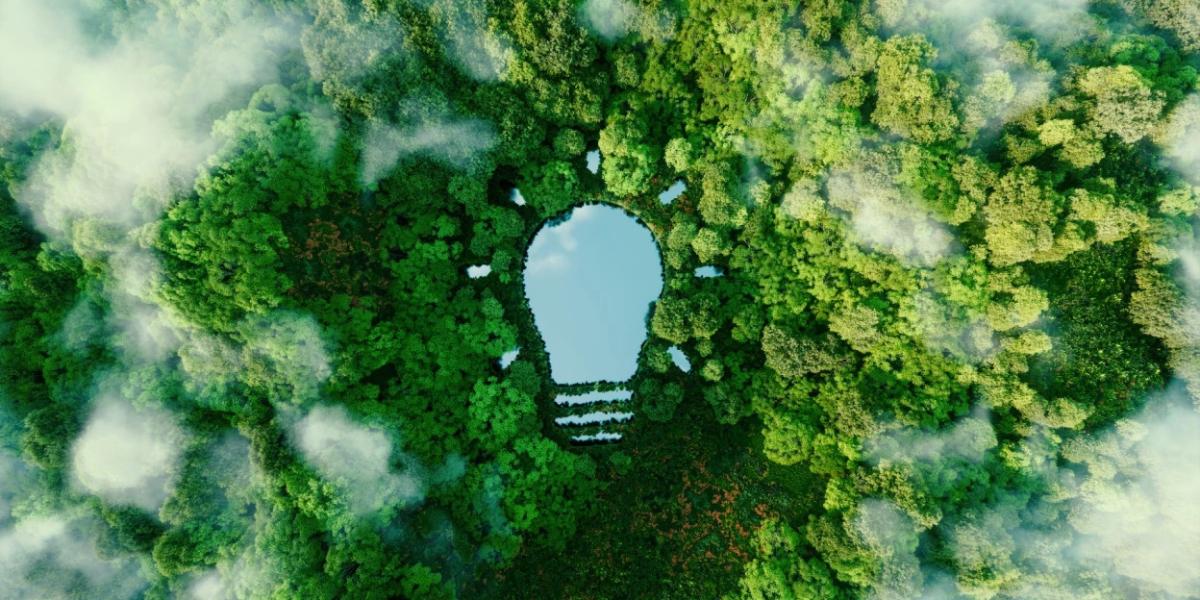VMware: The Office of the CTO: Where Sustainability Meets Innovation
By Kit Colbert

Sustainability has long been central to VMware’s mission. And that’s not just because it’s the right thing to do, but because sustainability is a business imperative. We hear this from customers committed to reducing their carbon footprint to financial analysts who see a healthy Environmental, Social, and Governance (ESG) strategy and effort translating into a healthy bottom line.
We began this journey back in 1998 with our first virtualization solutions—reducing the infrastructure required to run workloads and cut data center emissions. These solutions were intrinsically sustainable, and since then, we’ve doubled down on that commitment. We achieved carbon neutrality in 2018 and recently began engaging our partners and suppliers to follow suit. We have committed to science-based targets and are working towards net-zero emissions by 2030 and are making meaningful progress on those goals.
So, when VMware created a dedicated ESG team, we decided to locate it within the Office of the CTO (OCTO). At first glance, this might sound incongruous. On the surface, you might think an ESG team is better suited inside a function like human resources or operations. Why put an ESG team in a department focused on technology and innovation? Simple. VMware’s approach to outcome-driven ESG is innovative, and we wanted to set our ESG program up for maximum impact by placing this function in the heart of our organization's “innovation engine,” giving it the fuel needed to thrive and influence the entire enterprise. It has turned out to be the right decision.
For example, within environmental sustainability, we’re working on ways to use AI to help reduce data center emissions. We also added a VMware “Green Score” to our VMware Aria Operations Cloud, which enables customers to track where they are in their decarbonization journey and how they progress over time. The Green Score includes workload efficiency, utilization of physical resources, virtualization rate, power source, and hardware efficiency. It also provides customers with actionable recommendations for improving energy efficiency and management.
In addition, we are continuing progress on VMware’s Community Microgrid prototype. The microgrid encompasses two buildings on VMware’s campus, supported by two 1 MWh batteries that integrate with existing rooftop solar panels and 100% renewable grid power. A partnership between the City of Palo Alto and VMware, the project’s goal is to test the potential of microgrids to advance energy resiliency and sustainability efforts at the community and corporate levels. Each microgrid can support the community’s Mobile Emergency Operations Center (MEOC), providing connectivity and power for its vehicles. Our list of sustainability initiatives continues to grow.
Recently, we held VMware’s first-ever Sustainable Software Development Workshop (SSDW). We convened individuals from different areas of the company to explore how VMware can further integrate sustainability into even more of its products and services. We explored challenges and opportunities, including 21 lightning talks across four themes: product-led growth, platform thinking, advanced technology, and from the field. It was a great success and laid out a roadmap for future projects.
Mentioning power and sustainable development, I’d be remiss not to acknowledge the impact of AI on energy demand. AI uses more energy than other forms of computing, and training a single model can gobble up more electricity than 100 U.S. homes use in an entire year1. If current AI practices remain unchanged, the energy needed for machine learning and associated data storage and processing may account for up to 3.5% of global electricity consumption by 2030. The need is now, and sustainable innovation is table stakes – at a minimum, we must decouple compute from carbon and swap dirty electrons for green ones. However, the gnarly question before us is, “Is today's data center infrastructure the best architecture to support the enormous data processing needs of generative AI?” It’s important to emphasize that sustainability isn’t just about talk at VMware; it’s about action, progress, and impact both with our internal operations and also for our customers. It’s part and parcel of our company’s mission and value proposition to customers — and will always be.
1Bloomberg, Artificial Intelligence Is Booming—So Is Its Carbon Footprint, March 9, 2023

